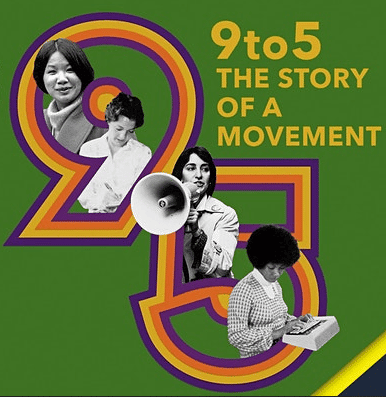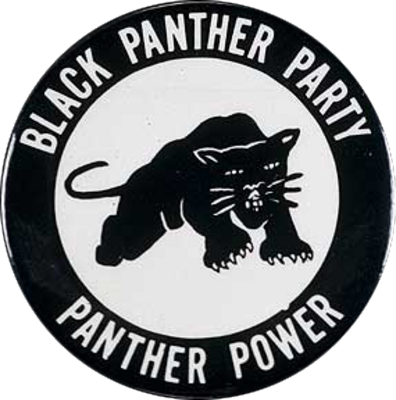Film. Narrated by Alexandria Ocasio-Cortez and illustrated by Molly Crabapple. The Intercept. 2019. 7 minutes.
The film flips the script on our future by illustrating one where we survive climate change and thrive because we took action today.
Continue reading
Brazil’s military police gunned down 19 peasant farm workers in the Via Campesina movement who were marching for land sovereignty in 1996.
Continue reading
Teaching Activity. By Adam Sanchez. Rethinking Schools.
A simulation helps students understand the causes of economic crises.
Continue reading
Massachusetts farmers arm themselves and rebel against taxation under the Articles of Confederation.
Continue reading
President Thomas Jefferson put his signature on the law known as the Insurrection Act.
Continue reading
Teaching Activity. By Caneisha Mills.
This people’s tribunal begins with the premise that a heinous crime is being committed as tens of millions of people’s lives are in danger due to COVID-19. But who was responsible for this crime? Students weigh the evidence.
Continue reading
Over three dozen young doctors bucked prestige and embraced justice in the summer of 1970 when they began work at Lincoln Hospital, a run-down, underfunded public hospital in the South Bronx that also the site of an occupation by the Young Lords.
Continue reading
Film. Directed and produced by Julia Reichert and Steven Bognar. Working Women Documentary Project LLC. 2021.
While Dolly Parton's "9 to 5" song is well known, this documentary captures the real-life 9-to-5 organizing to address issues of working women in the early 1970s that led to a union.
Continue reading
Starting in the spring of 1934, longshoremen across every port on the West Coast struck against the unfair hiring tactics that they experienced daily.
Continue reading
Teaching Activity. By Bill Bigelow. 24 pages.
The U.S. Constitution endorsed slavery and favored the interests of the owning classes. What kind of Constitution would have resulted from founders who were representative of the entire country? That is the question addressed in this role play activity.
Continue reading
Film. Produced by Anne Lewis. 2012. 75 minutes.
Documentary about Southern activist Anne Braden.
Continue reading
Book — Non-fiction. By Marc Mauer and Sabrina Jones. 2013. 128 pages.
Based on the popular book Race to Incarcerate, this graphic adaptation is a key resource to introduce a study of U.S. prison system to middle school readers and above.
Continue reading
The Battle of Blair Mountain was the climax of two mine wars fought in the West Virginia coalfields.
Continue reading
The Palmer Raids began in November of 1919 and targeted suspected radical leftists, especially anarchists, and deported them from the United States.
Continue reading
The U.S. Constitution was signed in Philadelphia, Pennsylvania.
Continue reading
More than four thousand Philadelphia longshoremen, organized by African American IWW leader Ben Fletcher, went on strike and shut down one of the busiest ports in the United States.
Continue reading

























